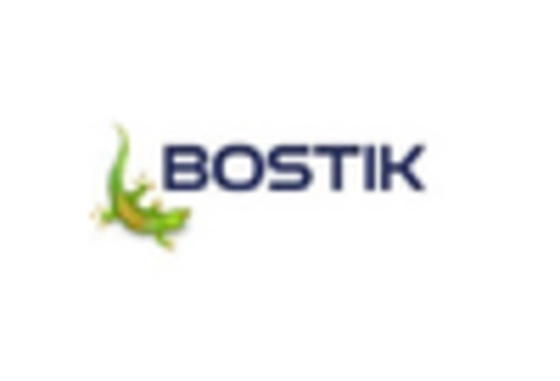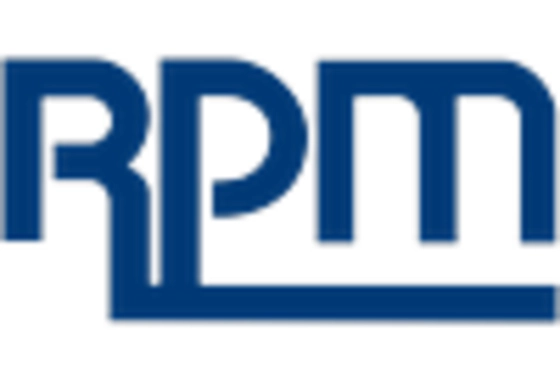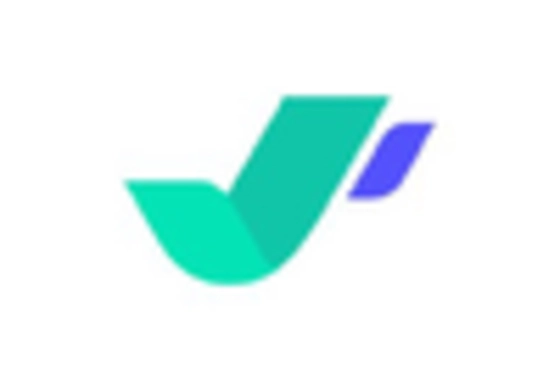Urbanization Trends
Rapid urbanization is a key driver in the Construction Sealant Market. As populations migrate to urban areas, the demand for residential and commercial buildings increases, necessitating the use of sealants for various applications. This trend is particularly evident in developing regions, where urban infrastructure is expanding at an unprecedented rate. According to recent data, urban areas are expected to house nearly 70% of the global population by 2050, leading to a surge in construction activities. Consequently, the Construction Sealant Market is poised for growth as builders and contractors seek reliable sealants to ensure durability and energy efficiency in their projects.
Regulatory Compliance
Regulatory compliance is a significant driver in the Construction Sealant Market. Governments worldwide are implementing stringent regulations regarding building materials, particularly concerning safety and environmental standards. Compliance with these regulations often necessitates the use of specific sealants that meet established criteria. For example, low-VOC (volatile organic compounds) sealants are becoming mandatory in many regions to reduce air pollution and enhance indoor air quality. This regulatory landscape compels manufacturers to innovate and adapt their product offerings to meet these requirements. As a result, the Construction Sealant Market is likely to experience growth as companies that prioritize compliance can capture market share and build trust with consumers.
Technological Innovations
Technological advancements play a pivotal role in shaping the Construction Sealant Market. Innovations in formulation and application techniques have led to the development of high-performance sealants that offer superior adhesion, flexibility, and durability. For instance, the introduction of advanced polymer technologies has resulted in sealants that can withstand extreme weather conditions and provide long-lasting protection. Furthermore, automation in the application process enhances efficiency and reduces labor costs. As construction practices evolve, the demand for innovative sealant solutions is likely to increase, driving growth in the Construction Sealant Market. Companies that invest in research and development to create cutting-edge products may find themselves at a distinct advantage.
Sustainability Initiatives
The Construction Sealant Market is increasingly influenced by sustainability initiatives. As environmental concerns rise, there is a growing demand for eco-friendly sealants that minimize environmental impact. Manufacturers are responding by developing products that utilize sustainable materials and processes. This shift not only aligns with regulatory requirements but also caters to consumer preferences for greener options. The market for sustainable construction materials is projected to grow significantly, with estimates suggesting a compound annual growth rate of over 10% in the coming years. This trend indicates that companies focusing on sustainability in the Construction Sealant Market may gain a competitive edge, appealing to environmentally conscious consumers and businesses alike.
Rising Construction Activities
The resurgence of construction activities is a primary driver of the Construction Sealant Market. With increasing investments in infrastructure development, residential projects, and commercial buildings, the demand for sealants is on the rise. Recent statistics indicate that construction spending is expected to reach trillions of dollars in the next few years, driven by both public and private sector investments. This growth is particularly pronounced in emerging markets, where urban development is accelerating. As construction projects become more complex, the need for effective sealing solutions to enhance structural integrity and energy efficiency becomes paramount. Consequently, the Construction Sealant Market is well-positioned to benefit from this upward trend in construction activities.


















Leave a Comment